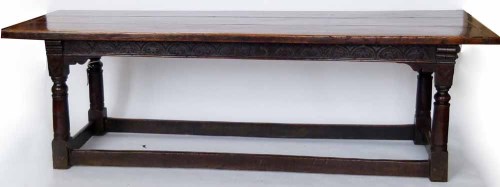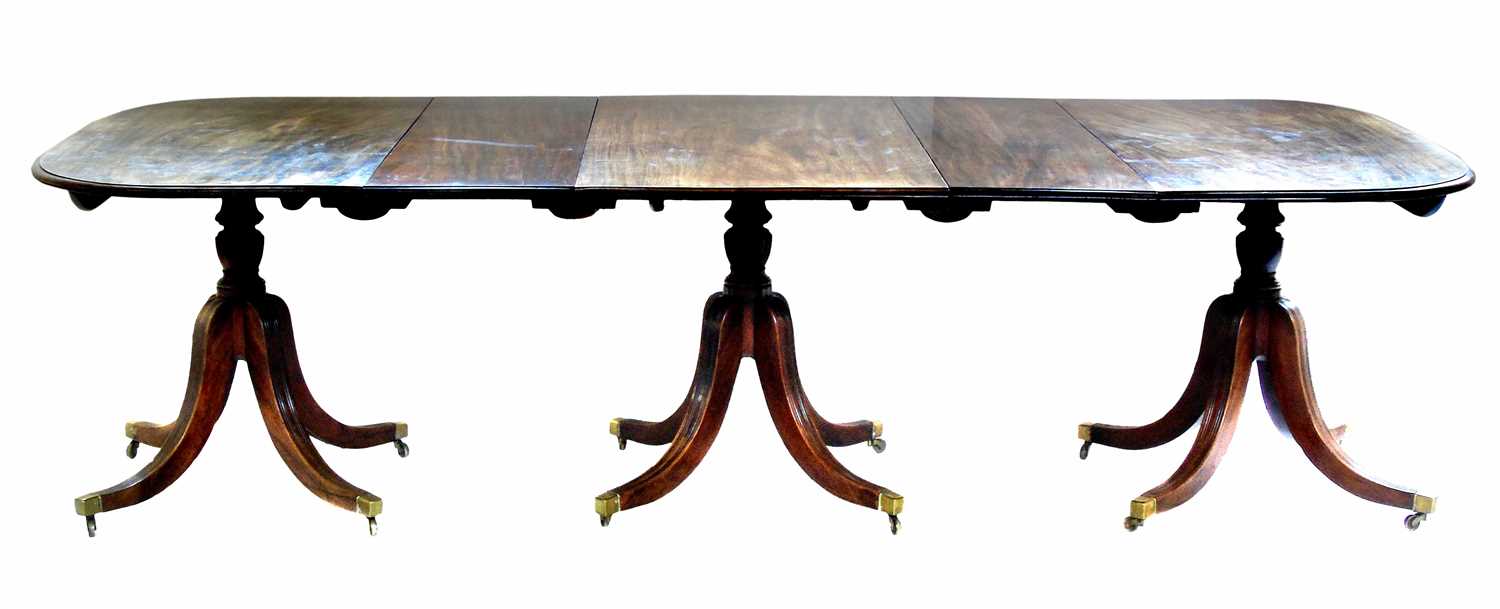TABLES
The dining table has always been the focal point of any home, communal eating in great halls in medieval times gave way to a more intimate, smaller gathering in the sixteenth and seventeenth century. The refectory table is usually constructed of oak with a planked and cleated top and raised on a frame - generally with turned legs united by stretchers. On a practical note, the stretchers can be a pest when trying to put a chair under the table so an 'H' configuration - or no stretcher at all - can be a practical advantage.
Gate leg tables became another option in the mid-seventeenth century the advantage being it could be folded down and would therefore take up less space, even today the practicality of being able to reduce the size of a dining table is most helpful as the requirement to have a table fully extended is infrequent.
In the mid-eighteenth century, with the arrival of hardwoods from The Caribean, methods of construction became more adventurous with elegant table legs and the use of stretchers being abandoned. Extending dining tables in the Regency period could now be seen using pedestals, virtually eliminating the issue of table legs getting in the way of the diner.
Victorian tables became huge pieces of furniture often using metal screw mechanical methods for extending and adding leaves to the table top.
FREE VALUATION
We offer a free valuation service to people who are considering the sale of their items through our auction room. Click the button to complete our short form, and one of our experts will be in touch.

